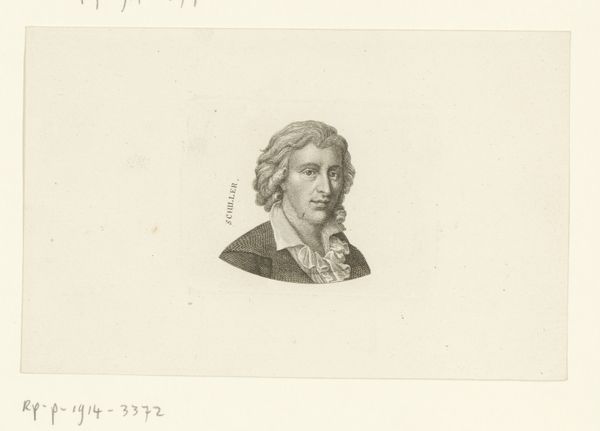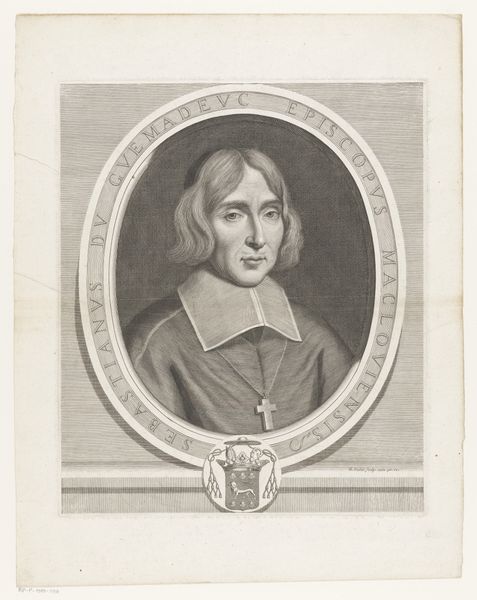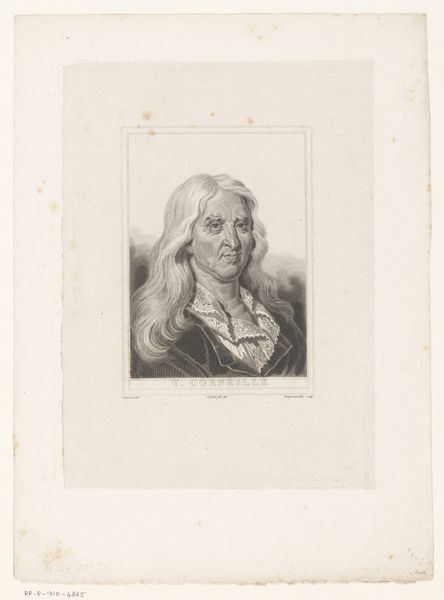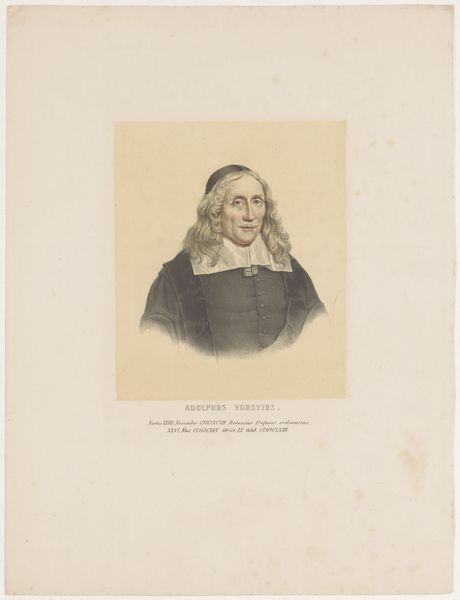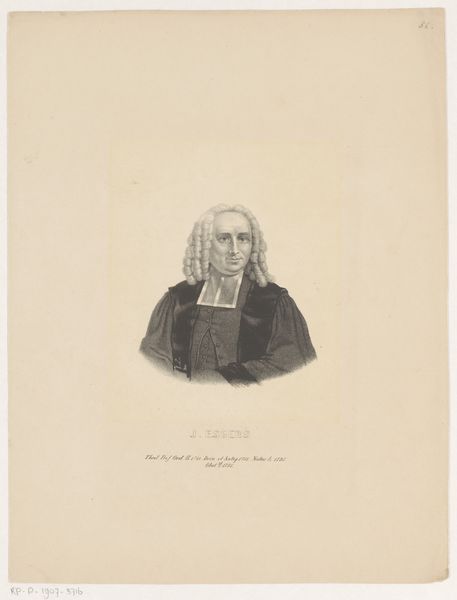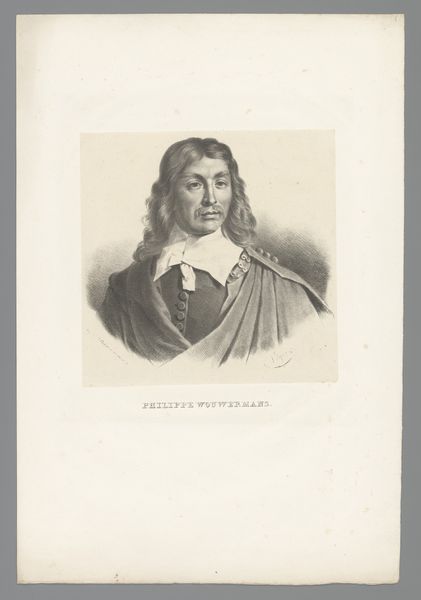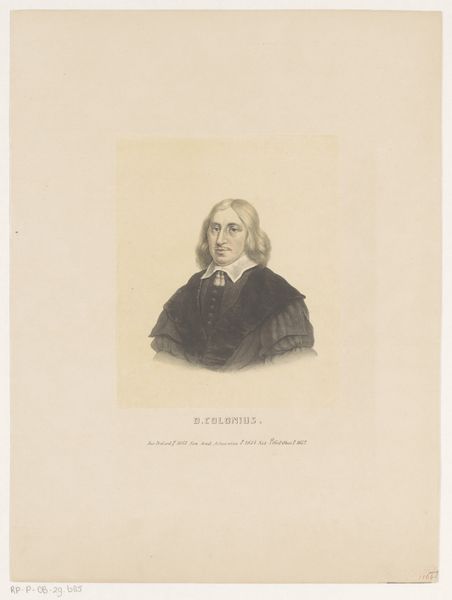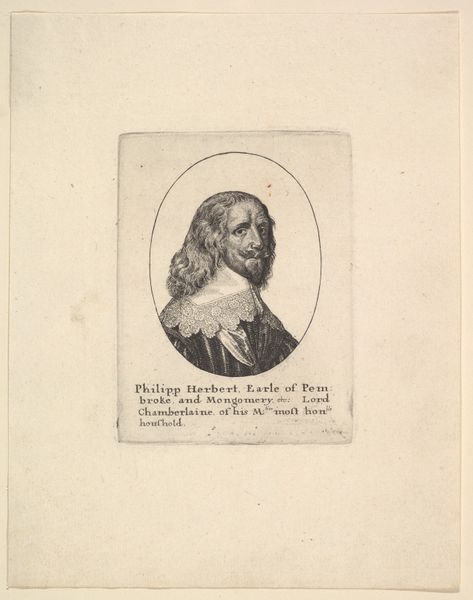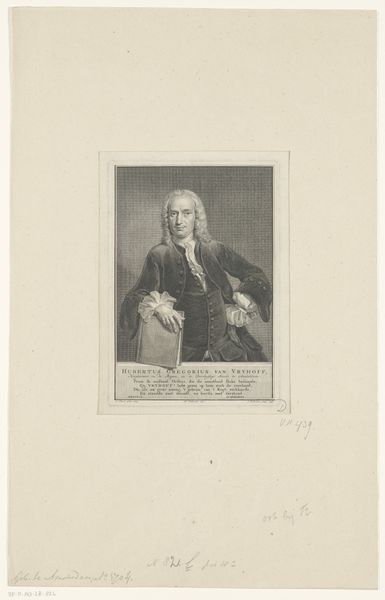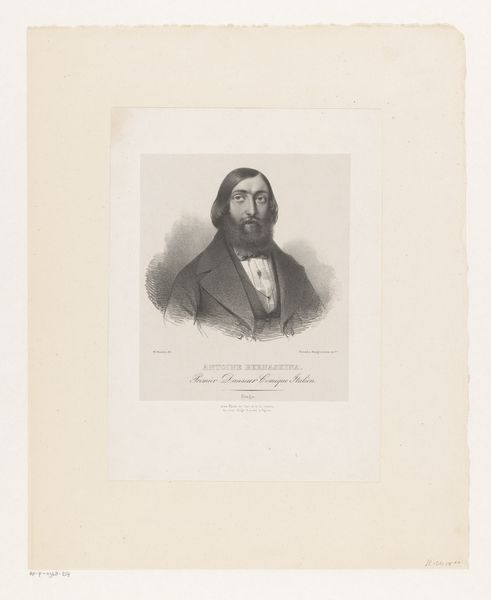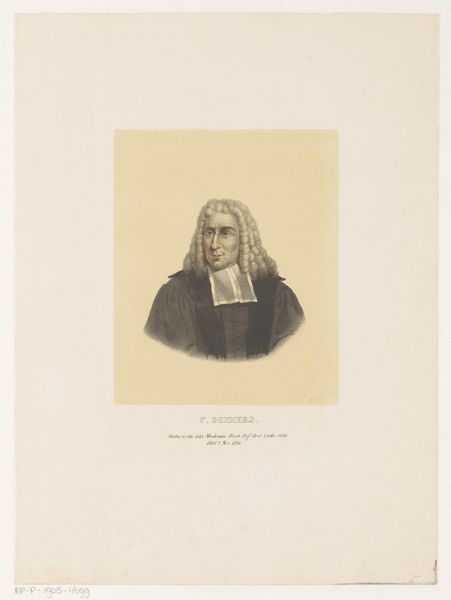
print, engraving
#
portrait
#
pencil drawn
#
neoclacissism
#
light pencil work
# print
#
pencil sketch
#
old engraving style
#
caricature
#
pencil drawing
#
portrait drawing
#
engraving
Dimensions: height 243 mm, width 189 mm
Copyright: Rijks Museum: Open Domain
Editor: So, here we have a print, an engraving to be exact, titled "Portrait of Friedrich Carl von Savigny" created sometime between 1789 and 1840 by Ernst Ludwig Riepenhausen. It’s very… restrained, almost austere. What can you tell me about its place in the art world, its historical context? Curator: It's restrained, yes, which speaks volumes about the sitter’s aspirations. The subject, Friedrich Carl von Savigny, was a prominent jurist, and this neoclassical style was meant to convey a sense of rationality, order, and civic virtue - qualities highly valued during that period, particularly in intellectual circles. Editor: Civic virtue… so, almost like visual propaganda? Curator: In a way, yes. Neoclassical portraiture was frequently commissioned by or for individuals wanting to project an image of themselves as aligned with Enlightenment ideals. It was about constructing a public persona. What do you notice about the lines and composition? Editor: The lines are very fine, very precise. The engraving creates a sense of order, fitting with the "rationality" you mentioned. Is the medium itself – the engraving – significant in shaping how this image would have been seen at the time? Curator: Absolutely. Engravings were easily reproducible. This wasn’t just a portrait of a man; it was about disseminating a specific image and, therefore, his ideals, among a broader audience. Think of it as an early form of social media. It makes you consider the relationship between law, image, and public perception, doesn’t it? Editor: Definitely! I hadn't thought of it that way – as an early form of public image control. It gives a whole new layer of meaning to the artwork. Curator: Precisely. Understanding art requires considering its social function. Hopefully, this exercise highlights the need to consider art as a deliberate construction and cultural force rather than simply a pretty image.
Comments
No comments
Be the first to comment and join the conversation on the ultimate creative platform.
